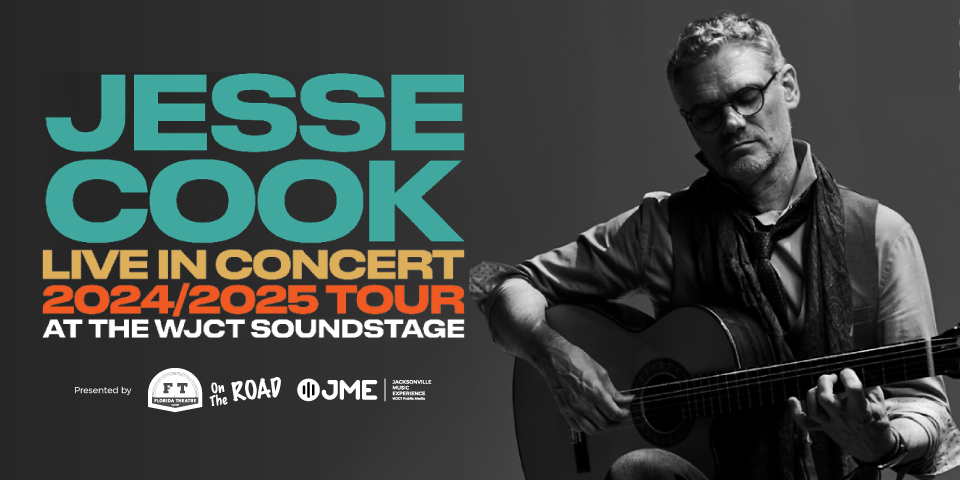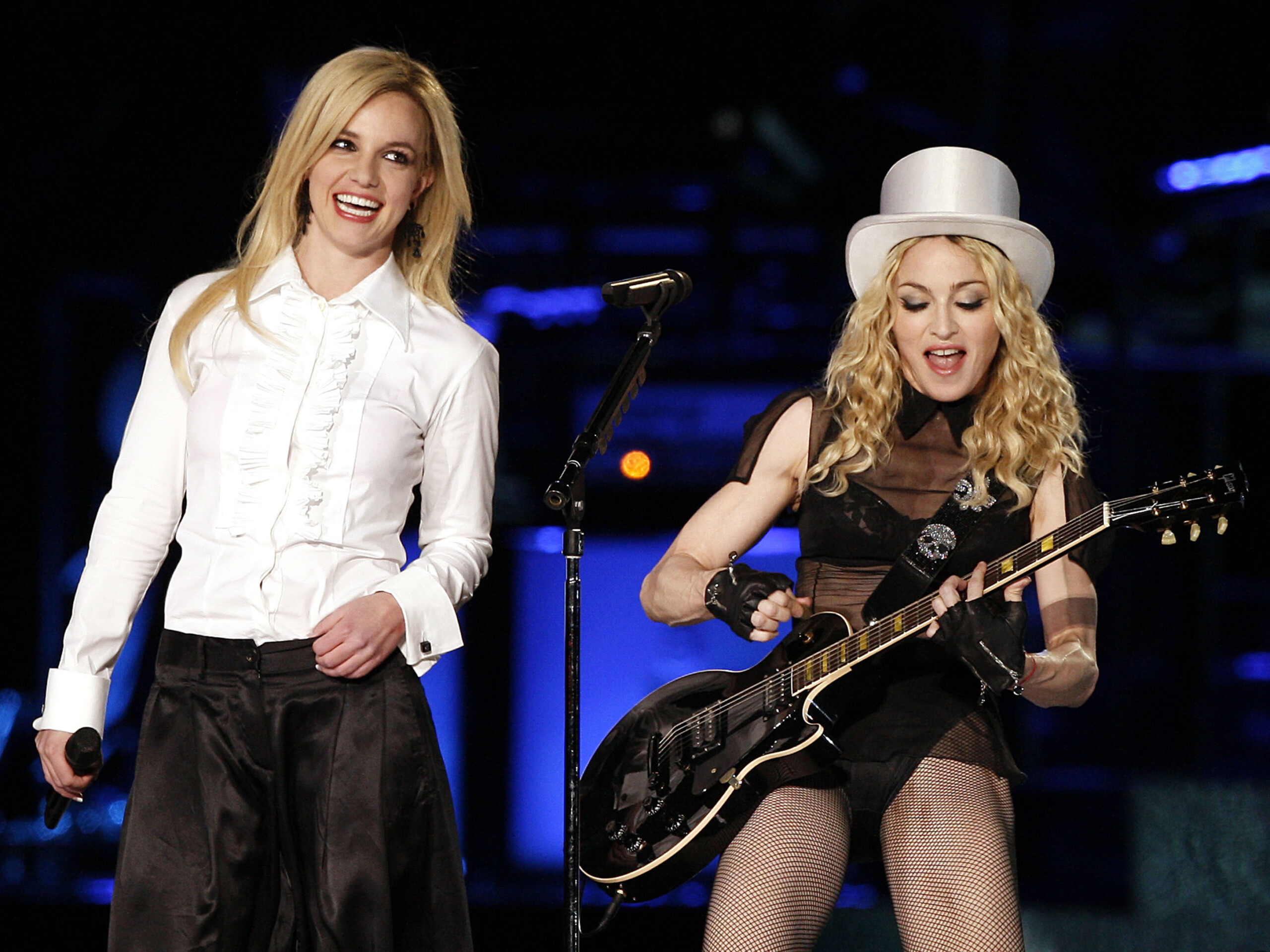
While Britney Spears was trying to get over her very public breakup with fellow pop star Justin Timberlake, Madonna came to visit her.
“She walked into the place and immediately, of course, she owned the room,” Spears writes in her new memoir, The Woman in Me. “I remember thinking, It’s Madonna’s room now. Stunningly beautiful, she exuded power and confidence… She modeled a type of strength that I needed to see. There were so many different ways to be a woman in the industry: you could get a reputation for being a diva, you could be professional, or you could be ‘nice.’ I had always tried so hard to please — to please my parents, to please audiences, to please everyone.”
As it happens, a massive new biography of Spears’ role model — Mary Gabriel’s Madonna: A Rebel Life — landed just two weeks before Spears’ tell-all. It’s easy to trace a generational line from Madonna, now age 65, to the 41-year-old Britney Spears: two blond-ambition pop idols. Heck, they’ve done it themselves for the public themselves several times over the years, including in their joint song “Me Against the Music” in 2003, and during the primed-to-shock kiss they shared at the MTV Video Music Awards that year.
But as Madonna: A Rebel Life and The Woman in Me underscore, the two megastars’ paths and intentions have always been very different, even as they each arrived at huge success. Madonna forged her own way, as her father disapproved of her career. (Madonna’s mother died when she was just five years old.) As a young dancer, Madonna studied at two of the supreme temples of modern dance, the studios of Alvin Ailey and Martha Graham.
Madonna also dropped out of the University of Michigan and scrappily tried to build a career, first in New York and then in Paris and back again. Her circle included visual artists like Jean-Michel Basquiat (also a boyfriend), Keith Haring and Kenny Scharf; she loved the downtown scene even as she hungered for worldwide stardom.

Even while she was still a child, Spears was being shopped to record labels and television shows as a mainstream, glossy product ready to be consumed. As Spears herself observes, both as a Southern girl and within her immediate family, she was groomed to please others.
As Gabriel carefully chronicles, Madonna has always celebrated herself as a sexual being, in her music and in her visuals. Her 1984 VMAs performance of “Like A Virgin,” cemented that overt declaration. By contrast, Spears always seemed to be custom-molded for the male gaze. Near the beginning of her book, she writes about appearing on Star Search when she was just 10 years old, and host Ed McMahon goading her about boyfriends. (She left the stage and burst into tears.)
Gabriel’s book is a meticulously rendered, blow-by-blow account of Madonna’s life and work, from her early childhood up until the pandemic shutdowns of early 2020; every set change on every Madonna tour is documented as Holy Writ. A Rebel Life is a whopping 858 pages long: The bibliography and endnotes were all shunted online to slim things down just a tad.
Notably, Gabriel didn’t interview Madonna at all for A Rebel Life; it’s a work of scholarship, and not an authorized biography-cum-hagiography. Still, Gabriel writes about Madonna as a hero, though the tone is far more earnest and plodding than in her delightful 2018 book Ninth Street Women, which chronicles the work of Lee Krasner, Elaine de Kooning and three other female abstract artists.

Gabriel’s most exuberant and evocative narratives come near the beginning of Madonna’s origin tale, especially in documenting the restless, teenage Madonna escaping suburban Michigan for New York. The pace noticeably slackens, and Gabriel’s enthusiasm for her subject obviously dims, during later Madonna epochs: when she has to cover Madonna’s “British lady of the manor” era during the megastar’s marriage to film director Guy Ritchie, as well as detailing the outcry against Madonna’s adoption of four children from Malawi.
Even so, there are some weird gaps in A Rebel Life. After spilling dozens of pages of ink on how closely image and action are intertwined in Madonna’s work, Gabriel writes nothing about Madonna’s recent cosmetic procedures, the ensuing public backlash, or the performer’s response to that criticism: “I look forward to many more years of subversive behavior – pushing boundaries-Standing up to the patriarchy -and most of all enjoying my life,” Madonna wrote on Instagram.
Gabriel does thread in various public remarks Madonna has made, including excerpts from a 1994 interview with Norman Mailer for Esquire. Mailer’s remarks and observations are suffused with sexism and condescension, but the Esquire interview does contain one prescient remark that Madonna made:
“As a celebrity, or an unbelievably famous person, you are, in this country certainly, allowed to operate with everyone’s approval for a certain amount of time,” Madonna told Mailer. “People do live vicariously through you, and they have fantasies about being you and wanting to do what you do. But it can never last, because several things need to happen: You need to disappear, run out of steam, run out of ideas. You need to get married, have a lot of children, get fat or something. You need to have a drinking or a drug problem. You have to go in and out of rehabs so people can feel sorry for you. Or you need to kill yourself, basically.”
Madonna could have been talking about Britney Spears, who has already lived out at least a couple of those trajectories. At this point, lots of folks are professing to feel sorry for Spears, in exactly the way that Madonna outlined so bluntly. (In certain cases, it’s participants in the same industry that tore her to shreds.) But it’s also a classic American narrative of a fall and the path to redemption — and Spears has many fans who are cheering her on.
In The Woman in Me, Spears pours out decades’ worth of rage and sorrow, as well as expressing gratitude to the #FreeBritney movement who spoke up for her. “If you stood up for me when I couldn’t stand up for myself: from the bottom of my heart, thank you,” Spears writes.
By now, the juiciest takeaways of Spears’ book are all over the internet, including details about the cruel and confining conservatorship that her family imposed on her that lasted for 13 years. Those nuggets also include the abortion she says she had during her relationship with Justin Timberlake (he hasn’t publicly commented on this subject); shaving her head while feeling “out of her mind” with grief during an intense child custody battle against her former husband, Kevin Federline; and performing for audiences of thousands every week, enduring a relentless work schedule, while being told by her parents that she was too sick to make her own decisions. (Spears herself makes the argument that even at their most wild, male stars who have also battled demons are never legally confined and suppressed the way she was.)
She also writes about being addicted to Adderall, her father’s ugly drinking and his business failures, and fallouts with her mother and sister, Jamie Lynn. She recalls drinking alcohol on beach trips with her mother while she was still in eighth grade. (Heaven, Spears writes, was sipping on “a little bitty White Russian” on the drive to the beach.)
Despite the sadness and anger that permeate The Woman in Me — particularly towards her family — the tone is much breezier than the heavy subject matter. (Spears doesn’t publicly recognize any ghostwriters, but she does thank multiple “collaborators” in her acknowledgements.) She barely mentions the details of the pop songs she’s made, or why and how she made them. This 288-page book, with its large font and generous spacing, is easily consumed in a single sitting; it’s a world away from Madonna: A Rebel Life in tone and purpose.
Both the Madonna biography and the Spears memoir have their chronological limitations — not to mention inevitable narrative elisions. (Who is telling what story, and why?) Gabriel doesn’t address the serious bacterial infection Madonna suffered this summer, which delayed the start of her “Celebration” tour. (Earlier this week, during a tour stop in Belgium, she called her recovery a “miracle.”) Spears’ book makes glowing references to her third husband, Hesam “Sam” Asghari — she calls him “a gift from God” — but the timeline ends before August, when the couple publicly confirmed that they are divorcing.
By the end of Madonna: A Rebel Life, fans will have a comprehensive knowledge of Madonna’s accomplishments, her various personas over the decades, and what she represents culturally — but they won’t have come much closer to actually knowing her heart. And maybe that’s the ultimate secret to Madonna’s five-plus decades of success. Forget the public nudity and the quasi-confessional documentaries: We still only know what Madonna wants us to know about her, and when — and it’s always on her terms.
The Woman in Me is almost the inverse: Readers will come away with a much more profound understanding of both Spears’ fragility and the fierceness that has carried her through. We are watching Britney Spears come to know herself, in real time.
9(MDEwNzczMDA2MDEzNTg3ODA1MTAzZjYxNg004))
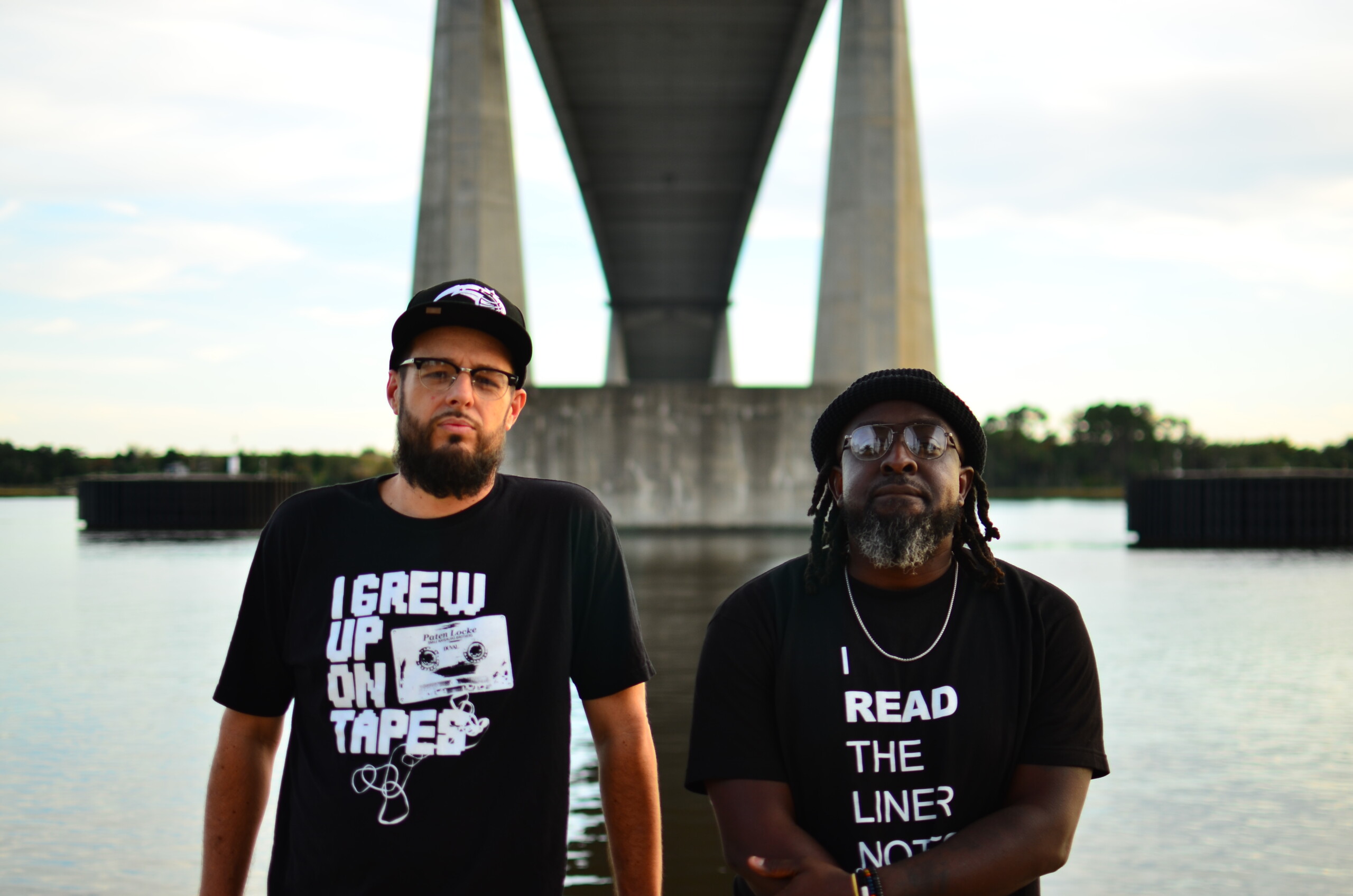
Mr. Al Pete and Notsucal Release Their Latest Collab, ‘G4.5’
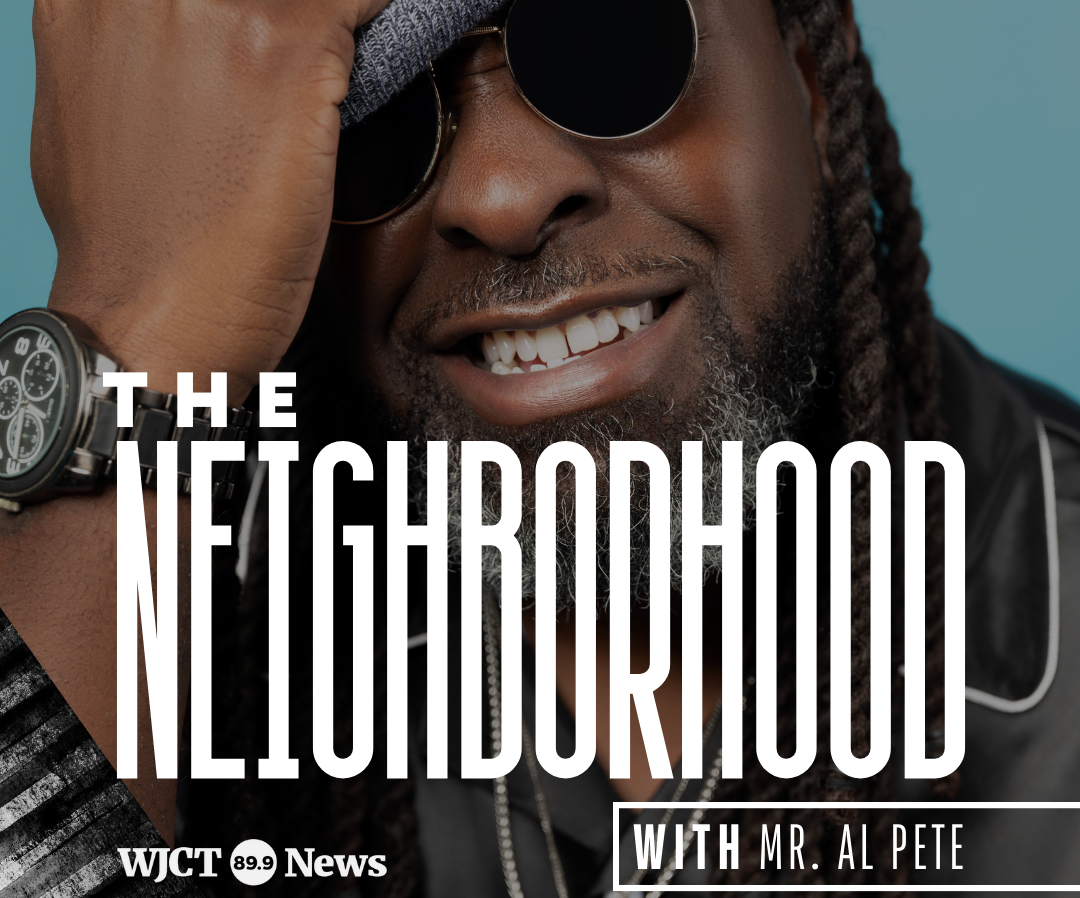
Dinner Party, Tom Misch and More from the Neighborhood with Mr. Al Pete

An Ultra-Chill Playlist from the Latest Episode of Electro Lounge
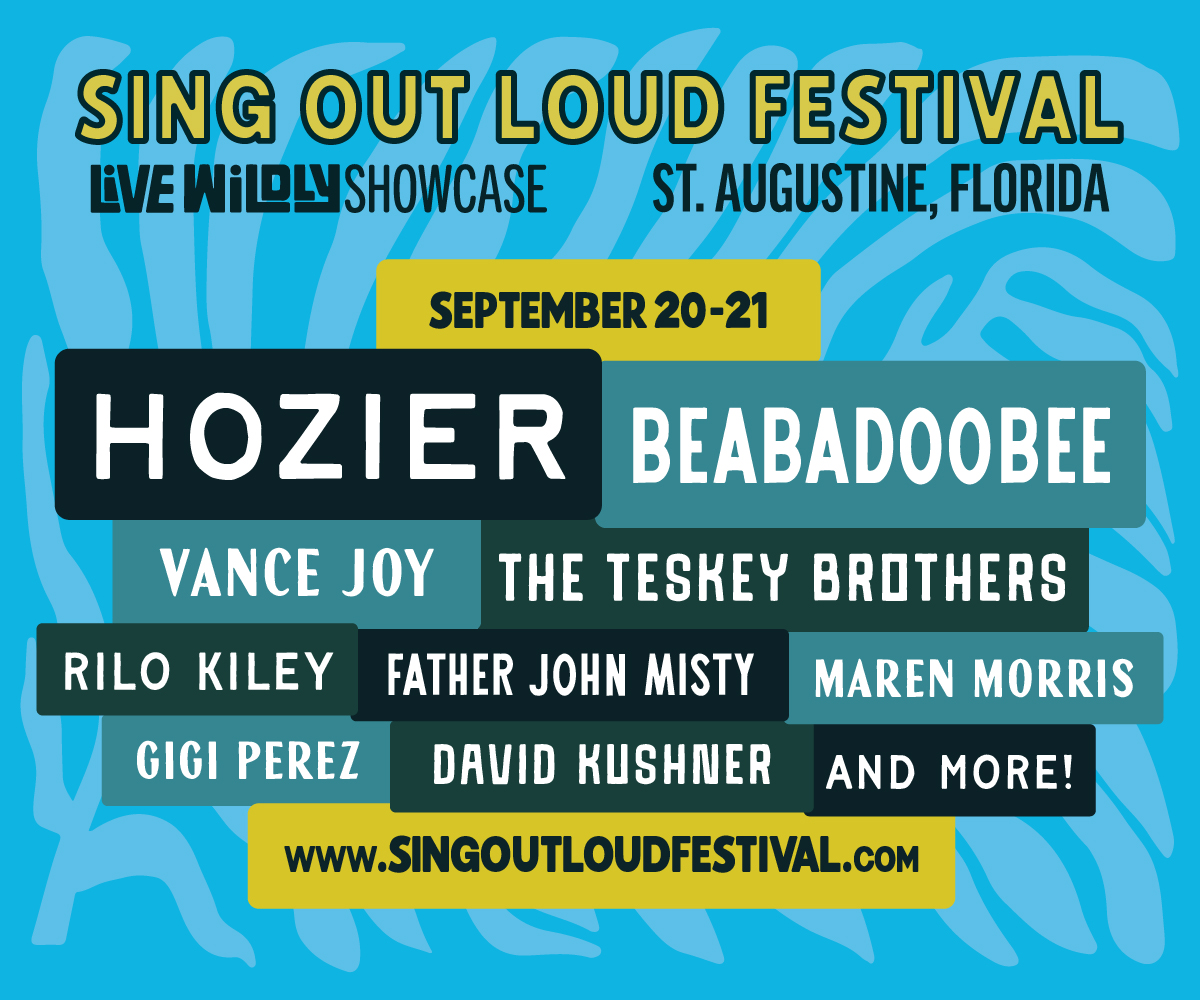
Sing Out Loud Festival Returns With Hozier, Beabadoobee, Father John Misty, Vance Joy and More

Chicago Alt-Country Faves Wilco Return to St. Augustine with Indie-Folk Great Waxahatchee

Looking for an Alternative to Spotify? Consider Hopping on the band(camp) Wagon
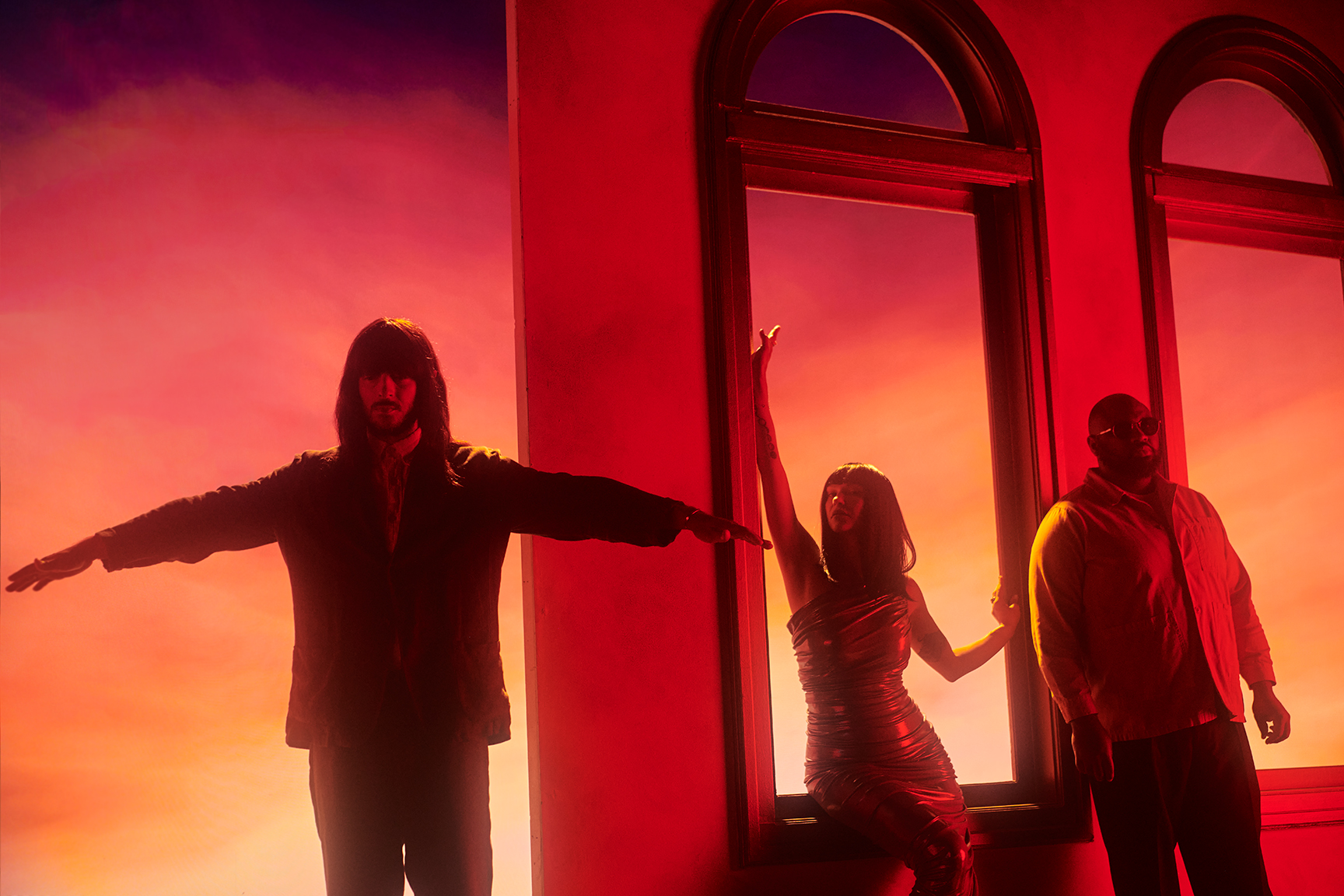
Khruangbin to Bring ‘A LA SALA’ Tour to St. Augustine in April

Perfume Genius, Flipturn, Tamino + Mitski and 6 New Songs to Stream
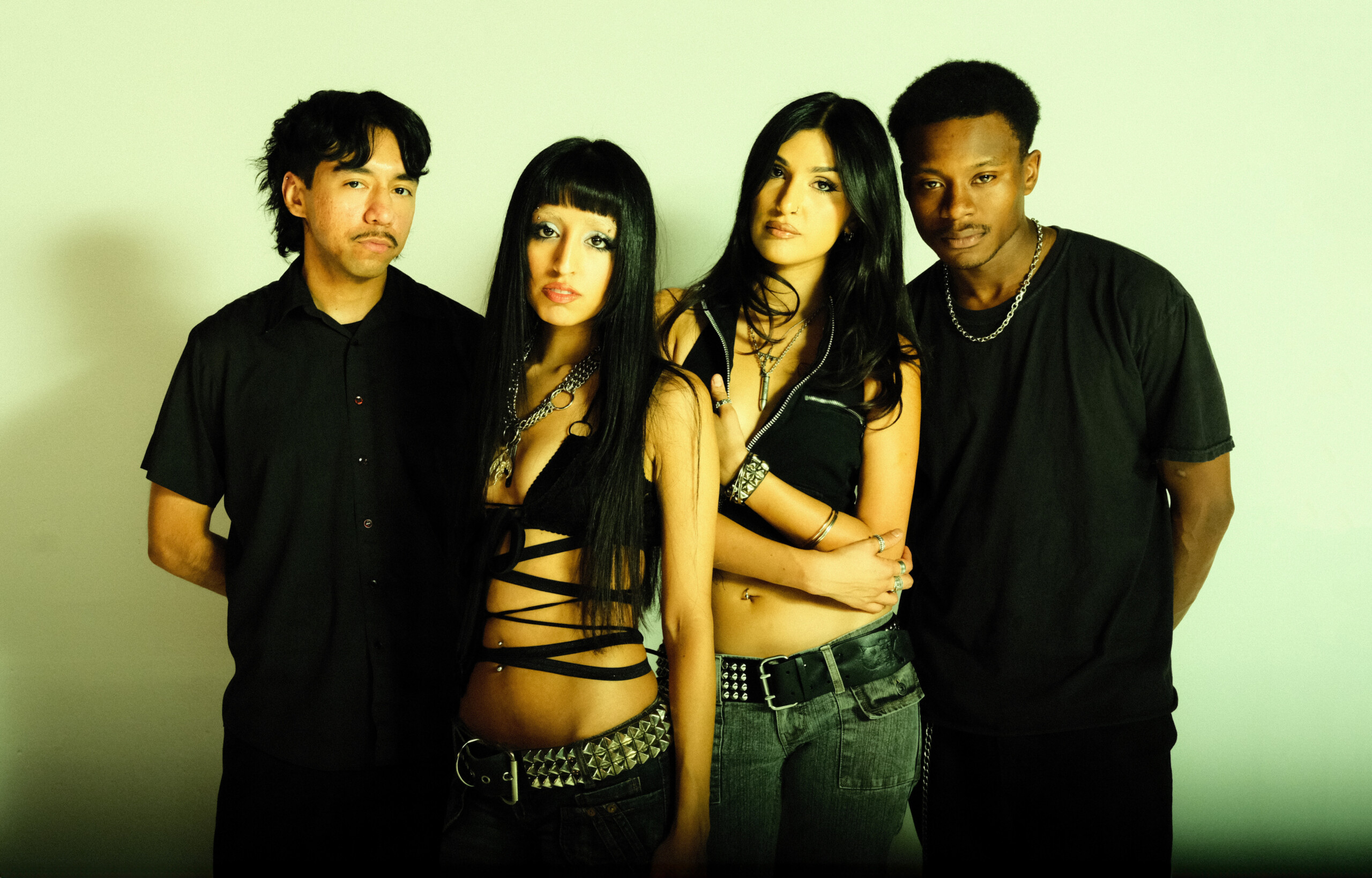
Song of the Day | “all tied up” by Glixen




